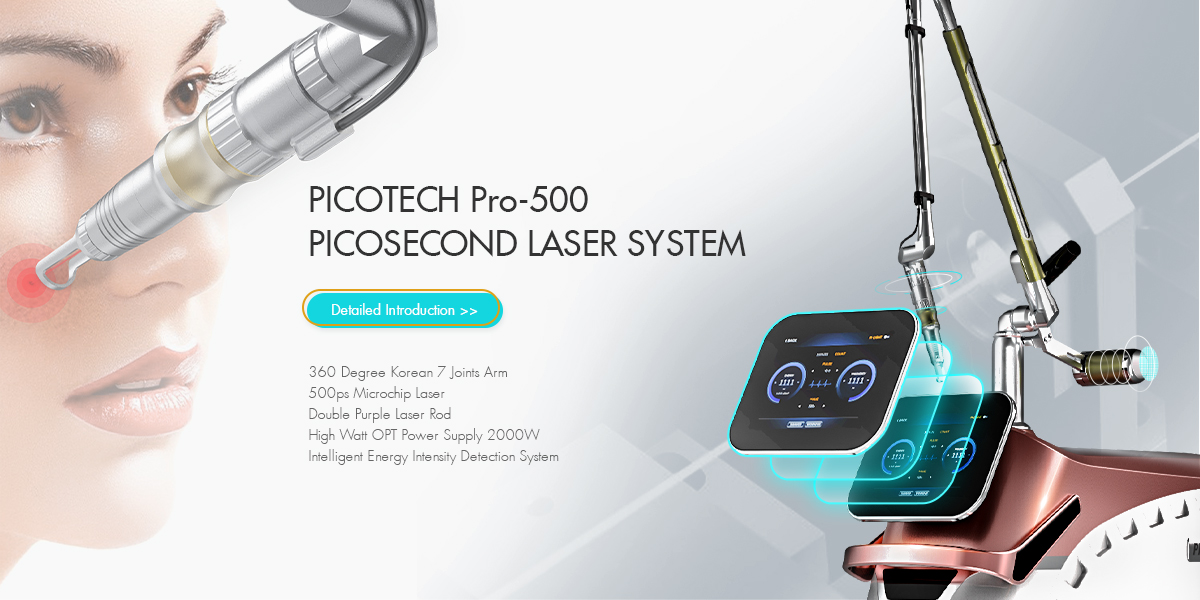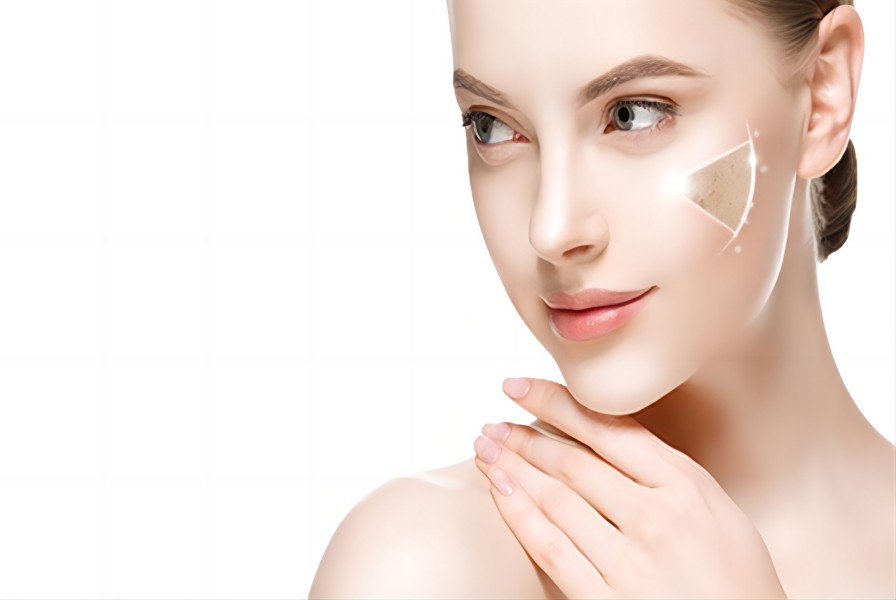Picosecond laser technology has gained wide recognition in the fields of dermatology and aesthetic medicine for its diverse applications and impressive results. Picosecond laser, short for picosecond laser, uses ultra-short pulses of energy to precisely treat skin problems and minimize patient discomfort.
One of its main benefits is its ability to break down pigment granules and stimulate collagen production in the skin, making it an effective tool in treating various skin conditions.
One of the most common uses of Pico laser technology is to treat pigmentation problems, including sunspots, age spots, and melasma. Ultra-short pulses of energy effectively break down pigmentation into tiny particles, which are then naturally eliminated by the body. This results in a more even skin tone, reduces hyperpigmentation, and leaves patients with a more youthful appearance.
Additionally, picosecond laser treatment has shown good results in removing unwanted tattoos. The Pico laser’s fast, high-energy pulses effectively target ink particles in the skin, breaking them down into smaller fragments that can be eliminated by the body’s immune system. This makes the Pico laser a top choice for tattoo removal, as it can handle a variety of colors and ink types and requires fewer treatments than traditional tattoo removal methods.
Additionally, Pico laser technology has been shown to be effective in skin rejuvenation and treating acne scars. Rapid energy delivery stimulates collagen and elastin production, which improves skin texture and reduces the appearance of scars and fine lines.
In summary, Pico laser technology is known for its effectiveness in treating pigmentation issues, tattoo removal, skin rejuvenation, and acne scar treatment. Its ability to deliver ultra-short pulses of energy can precisely target skin concerns while minimizing discomfort and downtime, making it a valuable tool for dermatologists and aesthetic practitioners.
Post time: Dec-21-2023







